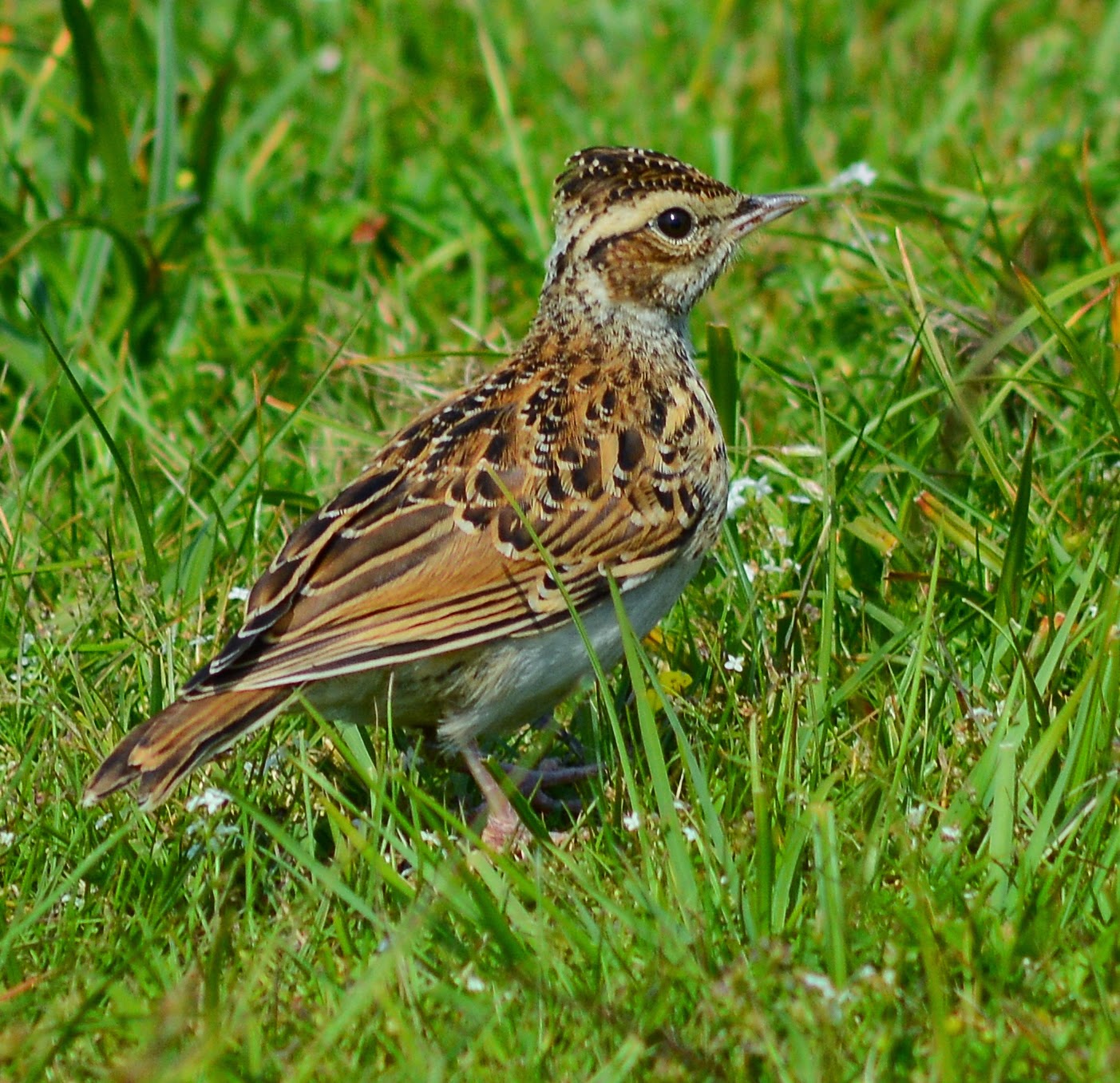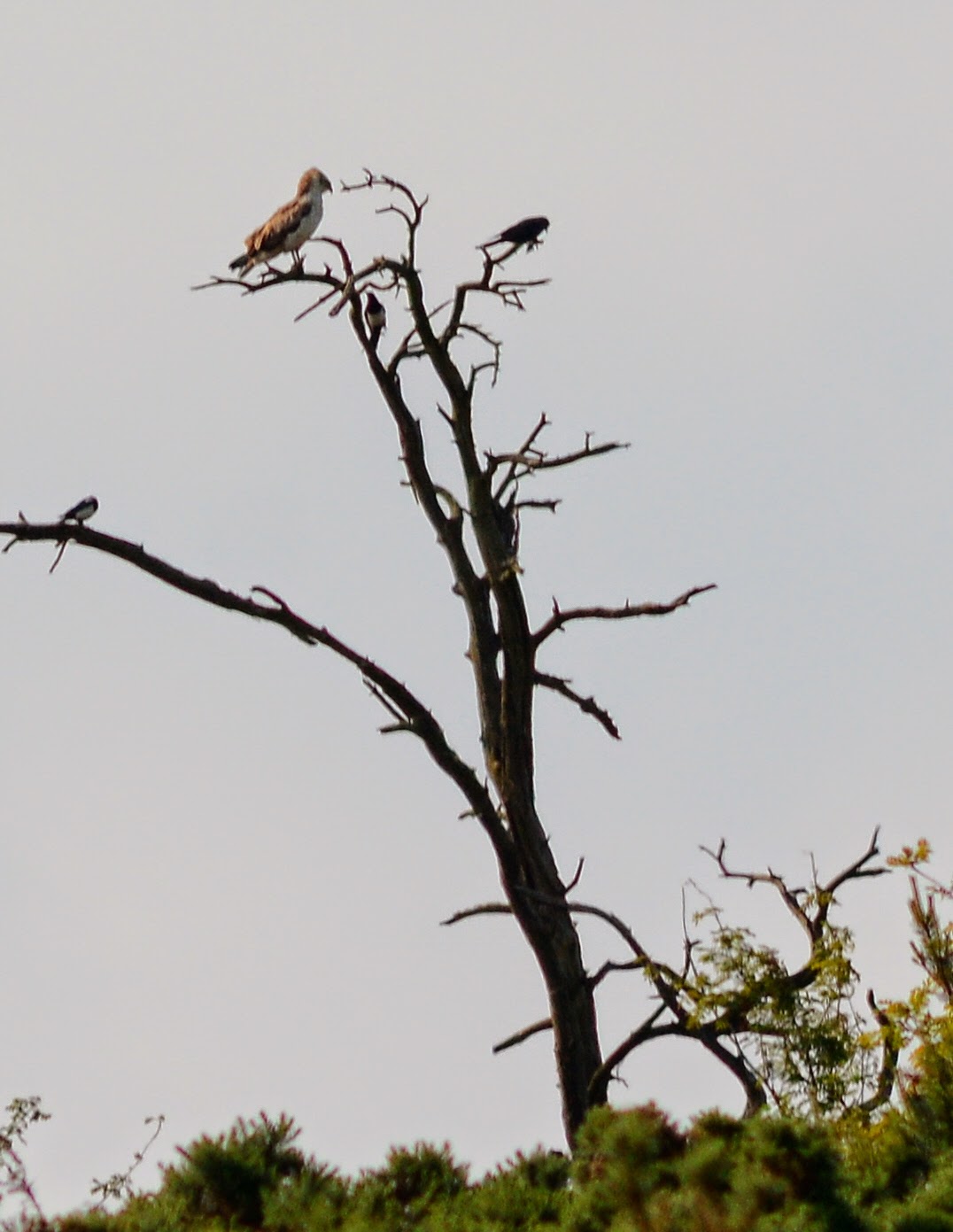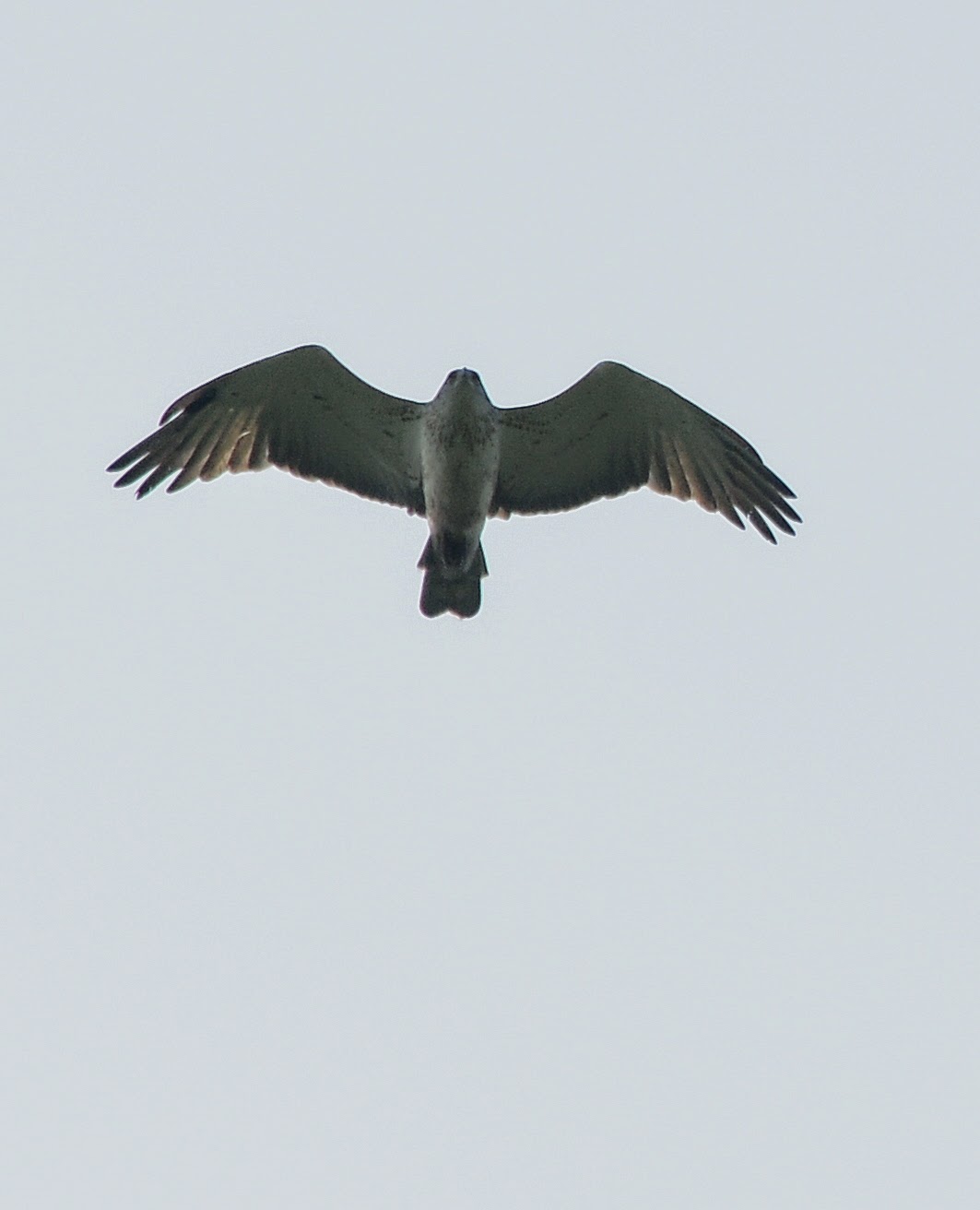Sunday, 29 June 2014
Tuesday, 24 June 2014
Saturday, 21 June 2014
Wednesday, 18 June 2014
I made an early start this morning,hopefully to see the S T Eagle still in its roosting tree (long car park).I arrived at 7.am,only to be told that some fool with a camera at flushed the bird at 6:15 - - - BLOODY MARVELLOUS !.
I stayed around for a about forty five minutes and was just about to leave and try my luck at Gills Lap,when it was spotted over towards the south (see photos). I only wish I had been around yesterday (see Terry Laws Photos).
I stayed around for a about forty five minutes and was just about to leave and try my luck at Gills Lap,when it was spotted over towards the south (see photos). I only wish I had been around yesterday (see Terry Laws Photos).
Friday, 13 June 2014
Monday, 2 June 2014
June 2nd (BITS AND PIECES)
May 28th - 2 Med gulls passed high over the garden south.(1100).
May 31st - nice bright day,warm - I had 6 Common Buzzards in the air together over Birling.
May 22nd - received from the BTO details of a Nightingale I controlled in Leybourne Country Park on April 15th 2014.
L563452 ringed Sept 10th, 2010,at Icklesham,Sussex,w.t 24.1g,wing 82.0 mm,6am..
Controlled April 15th,Leybourne Country Park,(on territory).Unfortunately the bird got away before I had the chance to sex it and take its weight.( with a wing of 82.0 mm),this points it more to being a female,although I have caught males with wings of 83 mm.When they are further into the breeding season you can sex females (on brood patch) and males on cloacal protuberance).
When it was ringed at Icklesham (on the coast,6am),shows the bird was probably leaving Britain via the south coast and with a weight of 24.1g,it had some fat reserves and was most likely on active migration.
May 31st - nice bright day,warm - I had 6 Common Buzzards in the air together over Birling.
May 22nd - received from the BTO details of a Nightingale I controlled in Leybourne Country Park on April 15th 2014.
L563452 ringed Sept 10th, 2010,at Icklesham,Sussex,w.t 24.1g,wing 82.0 mm,6am..
Controlled April 15th,Leybourne Country Park,(on territory).Unfortunately the bird got away before I had the chance to sex it and take its weight.( with a wing of 82.0 mm),this points it more to being a female,although I have caught males with wings of 83 mm.When they are further into the breeding season you can sex females (on brood patch) and males on cloacal protuberance).
When it was ringed at Icklesham (on the coast,6am),shows the bird was probably leaving Britain via the south coast and with a weight of 24.1g,it had some fat reserves and was most likely on active migration.
Subscribe to:
Comments (Atom)

























